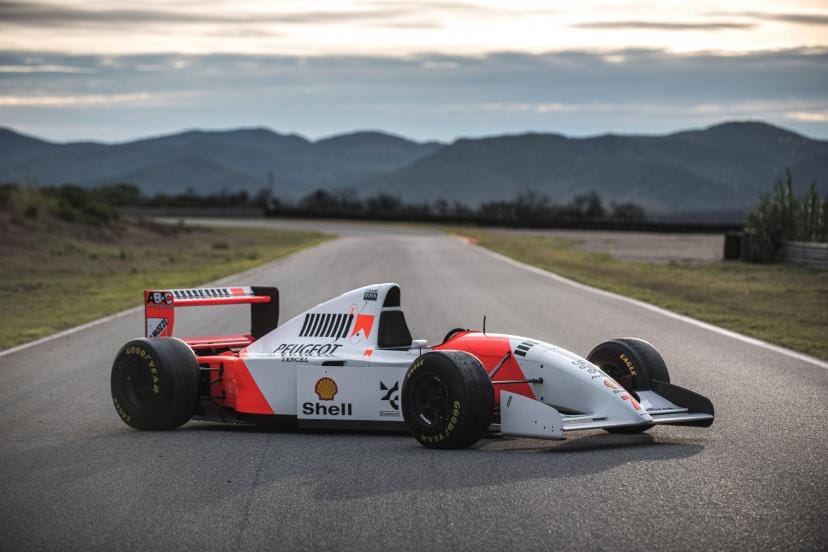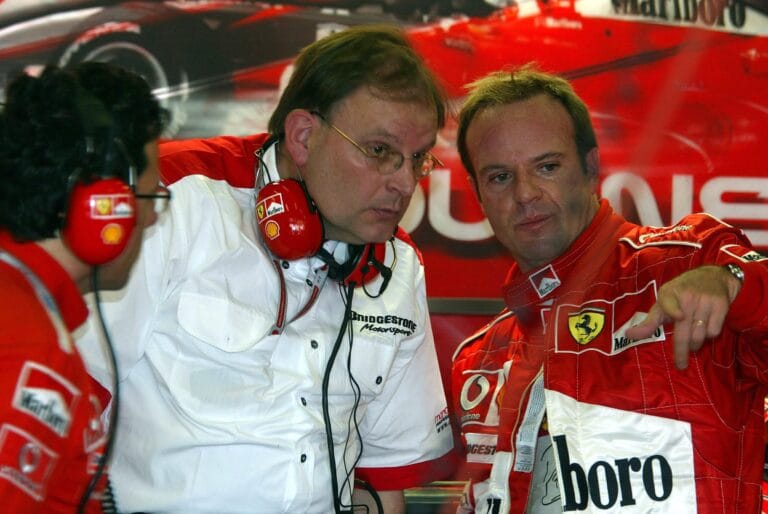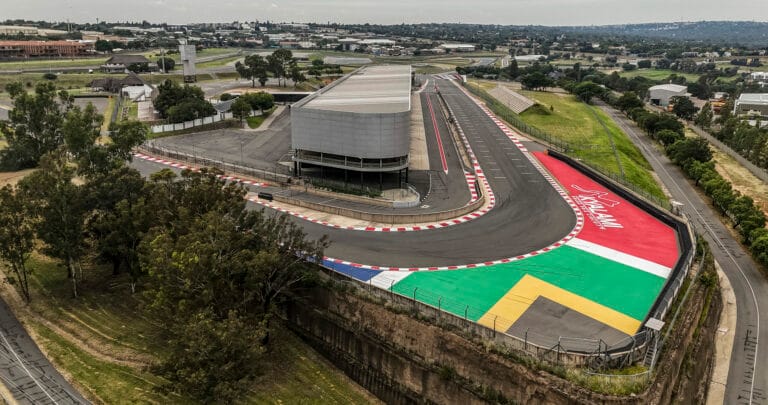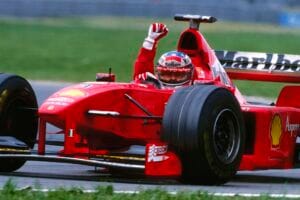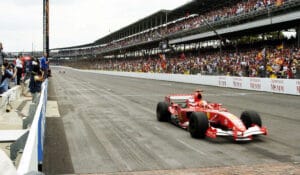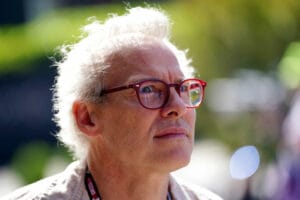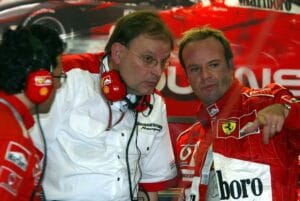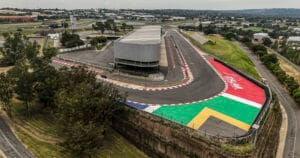From showrooms to racetracks and auction houses, historic Formula 1 cars showcase their beautiful bodies and resonate with their roaring engines, much to the delight of an ever-growing fan base.
This is somewhat the trickle-down theory applied to a sport. At the top, modern F1, whose 2025 Championship edition begins this week in Australia, continues to generate strong enthusiasm, even if the effect of the Netflix “documentary” series “Drive to Survive” is fading. On the chronological, not social, level below, what we’ll call historic F1 (roughly from the 1960s to the 2000s) benefits. Some even find them more beautiful, more extravagant, more flamboyant than the current ones. And the love of these nostalgic enthusiasts manifests in several ways.
The Stars of the Tracks
No F1 fan will have missed that France is no longer in good graces with the American owners of the Championship, who are more motivated to find circuits in the United States or in “exotic” locales than in old Europe. The recent experience of the return of the French Grand Prix to Paul-Ricard did not convince Liberty Media. However, aficionados can make up for it with, in addition to the historic Monaco GP, which celebrated its 14th edition last year, the historic French GP, organized by the FFSA, in association with HVM Racing, on the same Var circuit every year at the end of April.
From 20,000 spectators at the first edition in 2017, the gauge rose to 80,000 last year. And at least as many are expected from April 25 to 27 for an edition that, between autograph sessions, strolls in the paddock, and races on the circuit, will celebrate the 20th anniversary of Renault’s World Constructors’ Championship title. The legendary 2005 R25, with Franck Montagny at the wheel, will be present and will make the sound of its legendary atmospheric V10 heard.
“The lineup of cars and drivers will be majestic: Mark Webber and his Jaguar, David Coulthard and the F3000 that made him a champion, Adrian Newey in a Ferrari, Jacques Villeneuve behind the wheel of his father Gilles’ car, and Alain Prost in a McLaren. Organized between two Grand Prix, the event will also host a current driver, “who will come by helicopter with me from Monaco,” revealed Jean Alesi, president of Paul-Ricard, at the last Rétromobile.
The Queens of the Showrooms
Rétromobile, indeed, hosted at its last edition in early February, an exhibition dedicated to the rich history of French F1. Even stationary, the old F1s have a certain charm. Exceptional, even mythical models, like the Alpine A500, which never participated in a Grand Prix, were present. And spectators kept coming to admire this collection of about fifteen single-seaters, driven or designed by Frenchmen, from the Renault RS10, the first F1 with a turbo engine to win a GP, in the hands of Jean-Pierre Jabouille on July 1, 1979 in Dijon, to the Toro Rosso STR8 of 2013, driven by Jean-Éric Vergne, including the Prost AP03 and its 2000 Peugeot V10 or the Matra MS 80 with which Jackie Stewart won the first of his three titles in 1969.
A few hundred meters further, Ferrari fans didn’t know where to look when approaching the stand of collector Richard Mille, entirely dedicated to the Scuderia: 312B from 1970, 126 C4 from 1984, 87/88C from 1998, F2002 from… 2002. Code names that only speak to connoisseurs of the Italian team. But the drivers at their wheel are more evocative: Jacky Ickx, Gerhard Berger, Michele Alboreto, René Arnoux and of course Michael Schumacher, five-time world champion with Ferrari.
Historic F1s are not shy about showing off. And in the near future, a remarkable collection should be accessible to the public. Marc Mateschitz, the son of Dietrich, founder of the Red Bull brand, has indeed just bought Bernie Ecclestone’s collection of 69 single-seaters that the former big boss of F1 had put up for auction. “This collection will be carefully preserved, expanded over time, and in the near future, it will be made accessible to the public in a suitable place,” commented the new owner.


